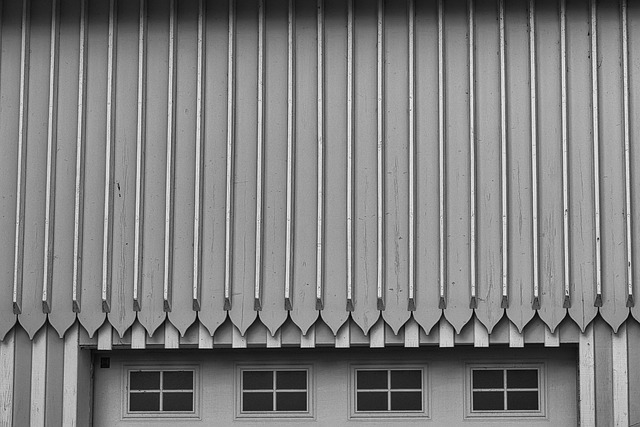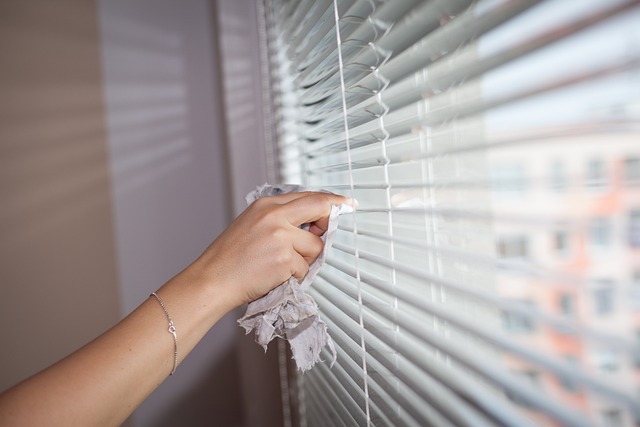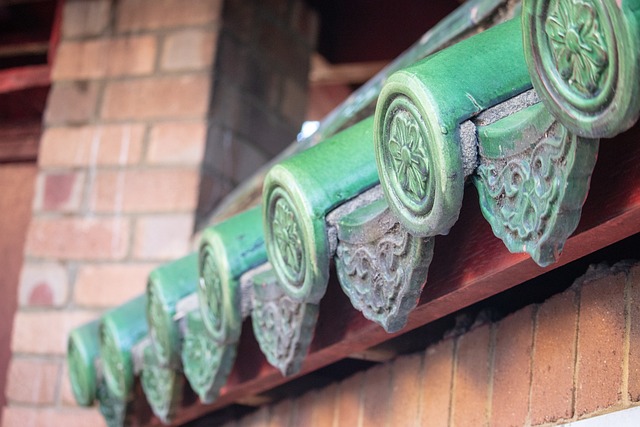When considering roof replacement or installation, understanding roofing materials (asphalt shingles, metal, composite), styles (traditional, modern), and climate considerations is vital. Assess your roof's condition through regular inspections by professionals who offer tailored advice and identify issues. The comprehensive roof replacement process includes meticulous inspection, preparation, precise measurement, and secure installation with high-quality caulk and flashing. Avoid costly mistakes by choosing reputable roofing services with experienced professionals using quality materials. Modern roofs feature eco-friendly, energy-efficient coatings and insulation for reduced utility bills. Regular maintenance and annual inspections extend your new roof's lifespan. Comply with local regulations and permit requirements to ensure project compliance and community safety.
Considering roof replacement? Our comprehensive guide explores all aspects of roofing services, from understanding your roofing options—materials, styles, and energy efficiency—to assessing your roof’s condition and navigating local regulations. We provide a step-by-step installation process, expert tips for secure sealing, common mistakes to avoid, and maintenance strategies for longevity. Transform your space with modern roofing solutions, ensuring a robust and stylish new look.
Understanding Your Roofing Options: Materials and Styles

When considering roof replacement or installation, understanding your roofing options is key. The market offers a diverse range of materials and styles to suit various tastes and budgets. In terms of materials, asphalt shingles are a popular choice due to their affordability and ease of maintenance. On the other hand, metal roofs are gaining traction for their longevity and ability to withstand harsh weather conditions. For those seeking a more eco-friendly option, composite roofs made from recycled materials offer both durability and sustainability.
In terms of styles, traditional roofing often features straight lines and simple designs, aligning with colonial or suburban aesthetics. More modern options include curved or geometric shapes, flat roofs with sun decks, or even green roofs that incorporate plants for enhanced insulation and visual appeal. The right choice depends on your home’s architecture, personal style, and climate considerations, ultimately dictating the longevity and curb appeal of your roofing services.
Assessing Your Roof's Condition: When to Replace

When considering roof replacement, assessing your roof’s condition is paramount. Regular inspections are key; look for signs of wear and tear such as missing or damaged shingles, leaks, or structural weaknesses. Aged roofs, often over 20 years old, may require replacement due to decreased durability and increased risk of failure.
Roofing services professionals play a crucial role in this evaluation, offering expert advice tailored to your roof’s unique needs. They can identify hidden issues, predict future problems, and recommend the best course of action—whether it’s repairs, a partial replacement, or a complete overhaul. This proactive approach ensures not only the integrity of your home’s protective barrier but also prevents costly damage down the line.
The Installation Process: Step-by-Step Guide

The roof replacement and installation process involves several crucial steps, ensuring a secure and durable finish. It begins with an extensive inspection to identify any existing issues or damage. Skilled roofing professionals then prepare the surface, removing old shingles or debris, and applying necessary repairs. This meticulous preparation is key to a successful installation.
Next, the new roof materials are carefully measured and cut to fit the exact dimensions of the property. The underlayment is installed, providing an extra layer of protection against moisture and varying weather conditions. After that, the shingles or roofing tiles are meticulously laid, starting from the bottom edge and working upwards, ensuring each layer is securely fastened with appropriate fasteners. Finally, a thorough inspection is conducted to guarantee the new roof meets safety standards and offers optimal protection for the structure below. This step-by-step approach guarantees top-quality results when it comes to roofing services.
Expert Tips for Ensuring a Secure and Waterproof Seal

When it comes to roof replacement and installation, achieving a secure and waterproof seal is paramount. The last thing you want is for your new roof to develop leaks just after installation. One expert tip is to ensure all edges and valleys of the roof are properly sealed with high-quality caulk or sealant. This crucial step creates an effective barrier against water intrusion, which can save you from costly repairs in the future.
Additionally, paying attention to flashing—the thin layers of material that seal joints and openings—is essential. Make sure all flashing is securely fastened and overlaps properly. Proper flashing installation prevents water from seeping into cracks and gaps, ensuring your roof remains waterproof. Remember, roofing services professionals emphasize these details because they directly impact the longevity and performance of your new roof.
Common Mistakes to Avoid During Replacement

When considering roof replacement or installation, it’s crucial to be aware of common mistakes that can arise during the process. One of the most frequent errors is neglecting regular maintenance, which often leads to more significant and costly repairs down the line. As a homeowner, staying on top of roof inspections and addressing minor issues early can significantly extend the lifespan of your roofing system.
Another mistake to avoid is selecting an unqualified contractor. Improper installation or subpar materials can result in leaks, structural damage, and even safety hazards. Always opt for reputable roofing services with experienced professionals who use high-quality materials. Additionally, failing to consider local climate conditions and building codes can create long-term problems. Understanding these factors ensures your new roof is not only aesthetically pleasing but also durable and compliant with regulations.
Energy Efficiency and Modern Roofing Solutions

In today’s eco-conscious world, energy efficiency is a top priority for homeowners and roofing services are no exception. Modern roofing solutions offer advanced materials and innovative designs that significantly enhance a building’s insulation, reducing heat transfer and lowering energy consumption. These advancements not only contribute to environmental sustainability but also provide long-term cost savings on utility bills.
One of the key benefits is the integration of reflective or cool roofs, which use special coatings or materials to reflect sunlight, keeping the interior cooler. This simple yet effective strategy can make a substantial difference in summer months when solar heat gain is at its peak. Additionally, modern roofing systems often incorporate high-performance insulation and air barriers, ensuring better temperature regulation throughout the year, thereby further improving energy efficiency.
Maintenance and Longevity: Caring for Your New Roof

After investing in roof replacement or installation services, proper maintenance is key to ensuring your new roof lasts for years to come. Regular inspection and cleaning are essential components of roof care. This involves checking for any signs of damage, such as missing shingles, loose fixtures, or leaks, which should be addressed promptly by professional roofing services. Additionally, clearing debris like leaves and branches prevents blockages in gutters, fostering proper water drainage and avoiding potential damage from overflow.
To maintain the integrity of your roof, consider a yearly inspection schedule with roofing experts who can provide valuable insights into its overall health. This proactive approach allows for early detection of wear and tear, enabling timely repairs that safeguard against more severe issues. Remember, small maintenance tasks today can significantly prolong the lifespan of your roof, saving you from costly replacements in the future.
Local Regulations and Permits: What You Need to Know

When planning a roof replacement or installation, it’s crucial to understand local regulations and permit requirements. Different areas have specific guidelines for roofing projects, ranging from building codes to environmental considerations. Failure to comply with these rules can result in delays, fines, or even the need to tear out and replace work that doesn’t meet standards.
Before hiring roofing services, research your local building department to learn about necessary permits. These typically involve submitting detailed plans of the proposed work, along with specifications for materials used. Staying informed about regulations ensures your project is up to code, safe, and compliant, protecting both your investment and your community’s standards.
